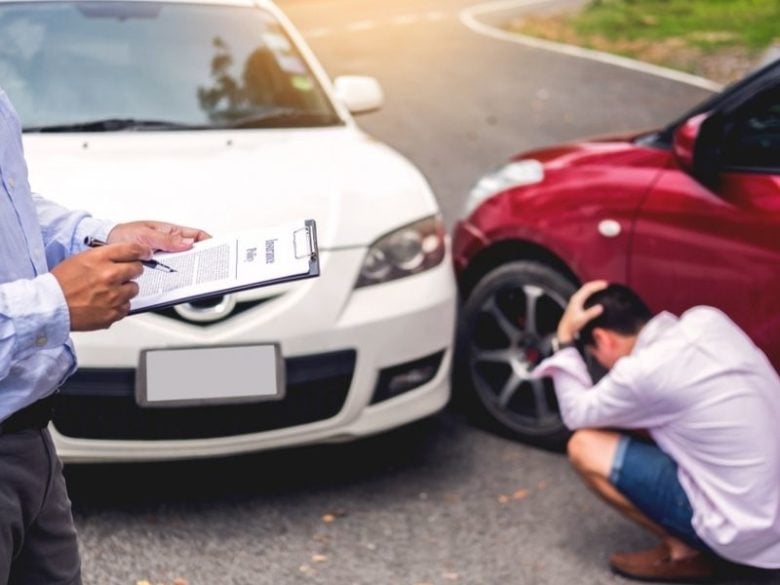Finding the right car insurance for your driving habits and needs can be a daunting task. There are various forms of coverage to consider, all of which you want to remain within your monthly or annual budget.
As you’re considering the best option for you, it’s important to consider uninsured motorist and underinsured motorist coverage. Each helps to cover you and passengers in the event of injury, but there’s more to it than just that. Here’s what you need to know.
Uninsured Coverage
If you’re involved in an accident with a driver who doesn’t carry insurance, then uninsured coverage can protect you and your passengers financially. Most states require that you carry this coverage in your policy, which means you probably already have it. Typically, here’s what’s covered:
- Medical bills
- Pain and suffering compensation
- Lost wages if your injuries cause you to take off work
- Funeral expenses
- Some states also include damage to your car
On your policy, you’ll find uninsured listed with two numbers. If those numbers were 100/300, then that means you’re covered for up to $100,000 in bodily injury per person and $300,000 in bodily injury per accident.
Underinsured Coverage
It’s worth mentioning uninsured motorist coverage first because the two essentially function the same way. Both kick in after accidents with at-fault drivers, and both apply when that drivers coverage is too little. Underinsured, however, applies in situations where the other driver has insurance but isn’t near enough to pay for injuries or damages.
In this case, the other driver might have insufficient liability limits or those limits are smaller than your underinsured coverage. Like the uninsured option, you’ll also see two numbers that represent price values. These tell you per person and per accident as well. The same types of coverage apply here as well.
Bodily Injury and Property Damage
Most insurance companies offer two types of uninsured and underinsured coverage. These are bodily injury and property damage. You’ll find bodily injury offered in all 50 states as well as property damage offered in most.
Bodily injury is specifically for injuries to you or your passengers, while property damage deals with your car. Property damage can also cover collision deductibles, rental car costs, and other out-of-pocket expenses.
Stacking
A stack is essentially doubling down on your coverage by including both uninsured and underinsured on multiple vehicles. While you can’t do this in every state, those that allow it let you multiply your selected limit by the number of cars you own. If your limit was 50/100, for instance, owning a second car would increase those coverage limits to 100/200.
Seeking Compensation
In more severe cases, you might find that both uninsured and underinsured coverage isn’t enough to cover the cost of injuries or damages. This is where skilled legal representation comes in, like these Easton & Easton accident lawyers, who can help you seek compensation from the at-fault driver. it’s your right to seek compensation either way, making it well worth your time to pursue this avenue.

